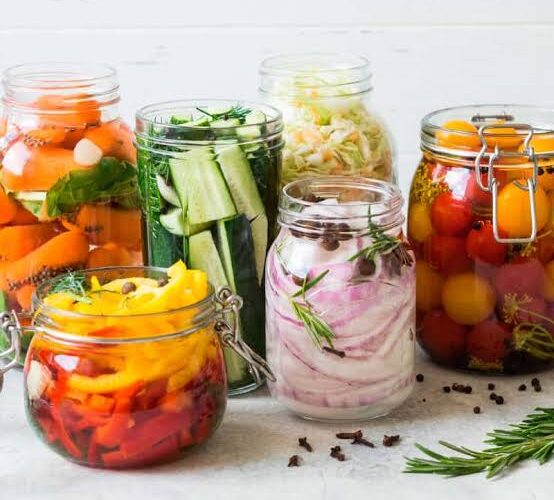National Times Bureau, July 21, 2025 — From homemade kanji and kombucha to kefir and kimchi, fermented foods are experiencing a massive revival in Indian households. What was once seen as old-school or even unappetizing is now at the heart of a growing wellness movement, driven by the rising awareness of gut health.
Nutritionists and wellness experts are increasingly promoting fermented items as a natural way to improve digestion, boost immunity, and even enhance mood. Rich in probiotics, these foods support a healthy microbiome—something modern diets often neglect due to high levels of processed food, sugar, and antibiotics.
Once found only in niche wellness cafes or high-end grocery stores, fermented foods are now being prepared in everyday kitchens. Traditional recipes like idli batter, pickled carrots in mustard water (gajar kanji), curd rice, and home-set yogurt are being reappreciated not just for taste, but for their healing properties.
This shift is also reflected in digital food trends. Videos demonstrating how to make sourdough starters, fermented dosa batters, or naturally carbonated drinks using fruit peels now flood platforms like Instagram and YouTube. The appeal lies in simplicity—fermentation requires minimal ingredients, no fancy equipment, and carries a deep sense of tradition.
Urban professionals, particularly those working from home, are increasingly taking time to prepare slow foods. This trend ties in with the broader “slow living” movement, where time-honored processes are embraced as acts of self-care. For many, watching a batch of pickles ferment or tasting the tang of homemade kimchi offers satisfaction that goes beyond nutrition.
Restaurants and cafes, too, are tapping into the trend. Menus now highlight fermented elements not as side notes but as key features—think miso-glazed vegetables, kombucha pairings, or probiotic smoothie bowls. In metro cities, boutique shops have emerged selling small-batch sauerkraut, ginger bug tonics, and artisanal vinegar.
This resurgence also marks a cultural shift. Indian cuisine has a rich fermentation heritage—from northeastern bamboo shoots to south Indian dosa to Kashmiri haak. What’s changing now is the perception: these items are no longer seen as relics of the past but as tools for future wellness.
However, not all products marketed as “fermented” offer true probiotic benefits. Experts advise consumers to look for signs of live cultures and minimal processing. Commercial pickles in oil or sugary yogurt drinks may lack the active enzymes that make homemade versions so effective.
As the wellness wave grows stronger, fermentation seems to be more than a fad. It’s a reconnection with roots, a celebration of slow nourishment, and a gentle act of resistance in a world dominated by ultra-fast food. In the bubbling jars and tangy brews of Indian kitchens, a quiet revolution is underway—one that honors both the past and the body.
Healing from the Inside Out: The Rise of Fermented Foods in Everyday Indian Diets

